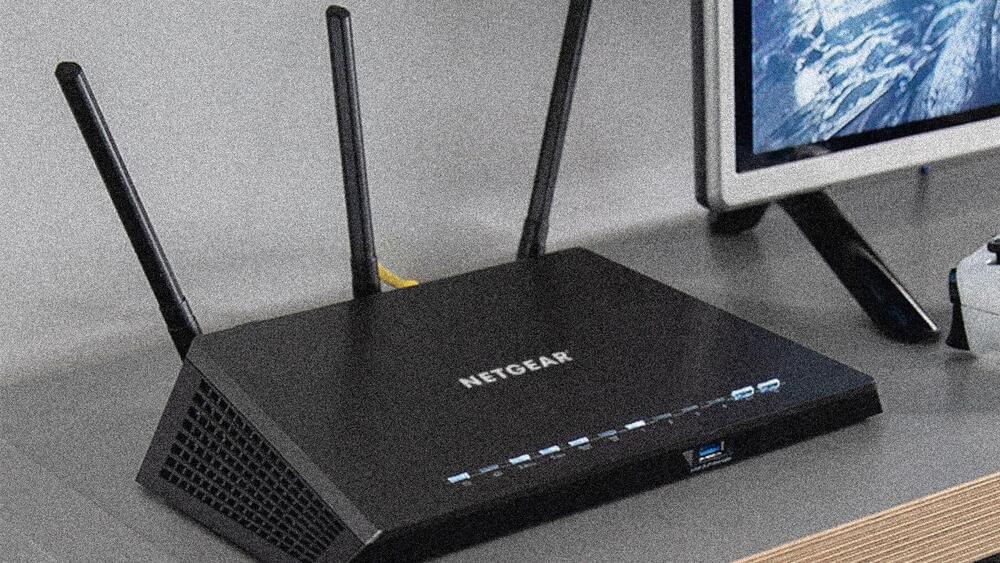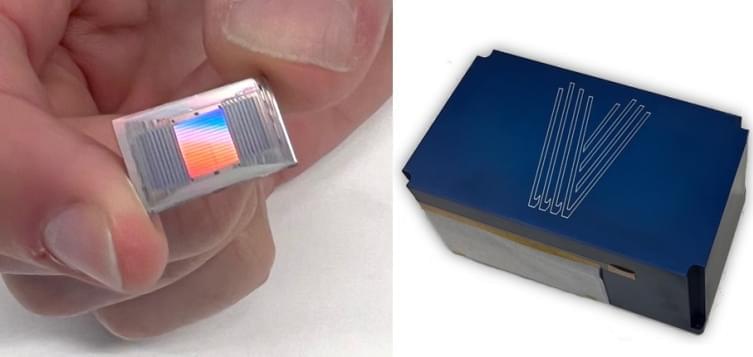South Africa is well placed to take advantage of a worldwide market for green hydrogen that could be worth $2.5 trillion by 2050.



A YouTuber has come up with a solution that lets you capture the magic of winter with a snow globe that generates its own snow.


The future of lidar is uncertain unless, as Voyant hopes to do, its price and size are reduced to fractions of their current values. As long as lidars are sandwich-sized devices that cost thousands, they won’t be ubiquitous — so Voyant has raised some cash to bring its smaller, cheaper, more easily manufactured, yet still highly capable lidar to production.
When I wrote up the company’s seed round back in 2019, the goal was more or less to shrink lidar down from sandwich to fingernail size using silicon photonics. But the real challenge faced by nearly every lidar company is getting the price down. Between a strong laser, capable receptor and a mechanical or optical means of directing the beam, it just isn’t easy making something cheap enough that, like an LED or touchscreen, you can easily put several of them in a vehicle that costs less than $30,000.
CEO Peter Stern joined the company just as COVID was getting started, and they were looking for a way to turn a promising prototype developed by co-founders Chris Phare and Steven Miller into a working and marketable product. After going back to basics they ended up with a photonics-based frequency-modulated continuous wave (FMCW) system (just go with it for now) that could be manufactured at existing commercial fabs.

Do you like to keep learning?
Why should be stop at 16, or after University?
The world is changing so fast now, the idea of life long learning is becoming a necessity.
I look at what is wrong, how we can change it & the benefits that this could bring to not just the individual, but society as a whole.
Have a great day and a happy new year to you all.
Test edit.





Local governments can no longer sell land rights for easy cash.
Katsuji Nakazawa is a Tokyo-based senior staff writer and editorial writer at Nikkei. He spent seven years in China as a correspondent and later as China bureau chief. He was the 2014 recipient of the Vaughn-Ueda International Journalist prize.